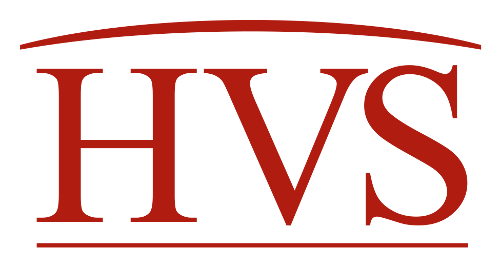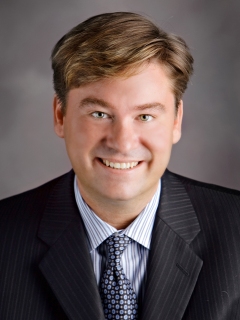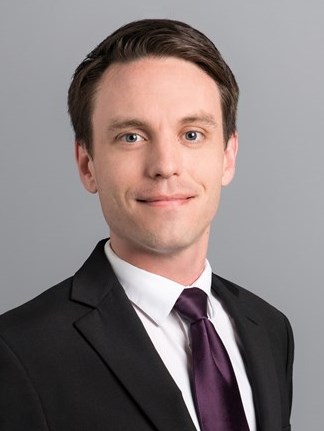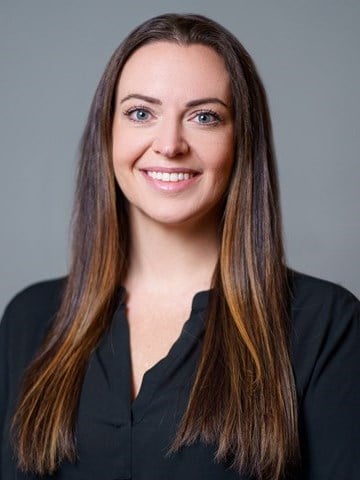
Investors, buyers, bankers, appraisers, and owners gathered at the Hunter Hotel Conference in Atlanta, Georgia, March 22–24, 2017.

In response to rising demand for unique designs, developers are turning to adaptive reuse as a means of creating one-of-a-kind hotels. Historic building conversions come with their own sets of challenges, balanced by potential rewards.

For 2017, the highest RevPAR growth is anticipated for markets such as Sacramento, Washington D.C., Tucson, Chicago, Salt Lake City, Albuquerque, Houston, and Nashville, per the ALIS presentations.

Phoenix’s growth in 2015 reflects the hopes of hotel developers and owners in the market, as performance closes in on pre-recession levels.

The conference keyed in on ways for independent hotels to gain ground in today’s market, from financing avenues to booking channels. Changes in consumer behavior, with tastes favoring the hotel “experience” more than price or brand, were a highlight.

Denver’s growth this year reflects what many hotel developers and owners have been witnessing—as a market for jobs, business, and development, Denver continues to outperform.

As economic recovery resumes and tourism strengthens, Washington, D.C. remains a top draw for leisure, convention, and government demand, with area hotels achieving some of the highest RevPAR levels in the nation.

Business, education, government, and expanding tourism and healthcare industries form the foundation of Baltimore’s economy. What should hoteliers have an eye on?

Is it a buyer’s market, a seller’s market, or simply time to develop?

Underpinned by emblems of education, government, business, music, and history, Austin’s economy ranks among the best in the nation. New full-service hotels should lead to more convention demand, with hotel performance growth expected market-wide.